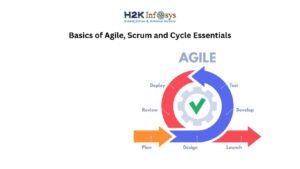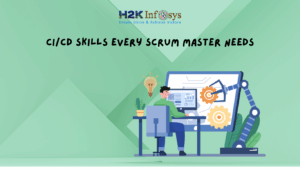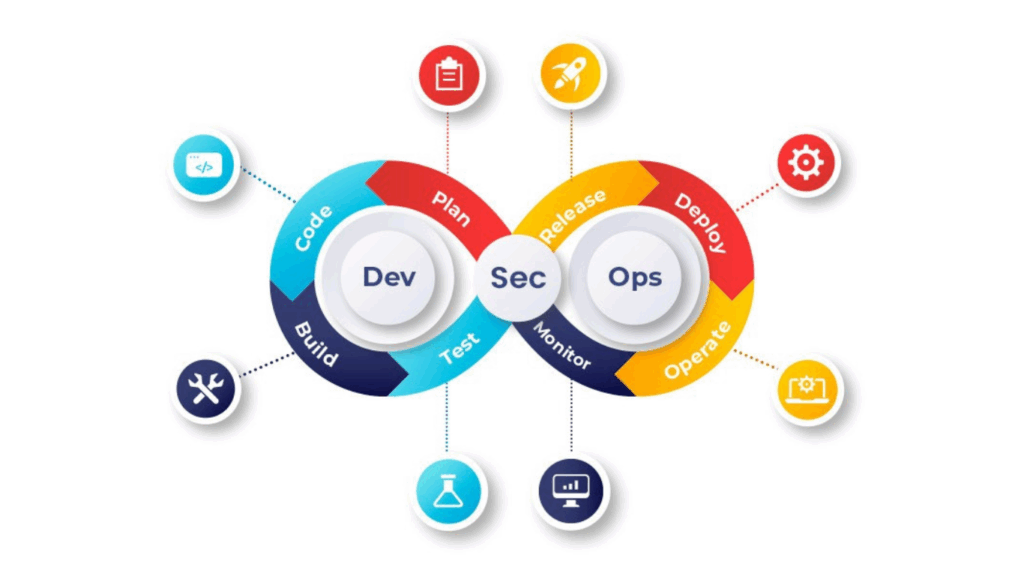Some people might disagree, but it is generally thought that SAFe® (Scaled Agile Framework) is a very complicated paradigm that takes a lot of work to understand and become proficient in. However, if you can concentrate on particular areas and apply the recommendations to increase your business agility in an iterative manner, SAFe also offers a great deal of value. Even though the idea of DevOps is far older than SAFe, companies frequently find it difficult to integrate the two because they don’t know where to start. Similar to numerous SAFe-recommended practices, DevOps approaches necessitate persistence and patience.
Here are a few tips for implementing DevOps into your agile transformation. In keeping with this, there are a few “do’s” and “don’ts” to help you try to steer clear of repeating past mistakes when it comes to your DevOps work. Check out the SAFe Agile certification course to learn more.
1.Do start simple
A common observation is that many teams have high goals for DevOps and strive to “do it all” in terms of automation. Who wouldn’t want everything to be automated? That is typically an idealised goal that we all strive toward, but given the limitations of the real world, it isn’t always possible. I advise you to start out modest and concentrate on the fundamentals. It will be beneficial to map your present state using a Value Stream Map before you design an end-to-end process that includes Continuous Integration, Continuous Deployment, Continuous Testing/Validation, etc.
Completing the exercise has numerous advantages, including creating a common picture of the current workflow and identifying inefficiencies and bottlenecks (e.g., who is waiting on whom, how much time is lost waiting, etc.). Through candid and open discussions, you could be shocked by how many different interpretations of the truth there are in your business after completing this exercise. Understanding how work currently moves through your system is a terrific place to start if your team is genuinely dedicated to maximising the flow of value to the consumers.
2.Do think long-term
Even while we typically want to solve issues now, we frequently fail to see the wider picture. You must consider your goals and what success looks like in order to make improvements to your current procedures. This might be a Value Stream map or a “to-be” future-state vision that will give you and your team something to strive for. Setting a target for yourself is a great idea, but bear in mind that your vision could need to change as your perception of what your company requires changes.
3.Define a few useful metrics
Metrics-focused “measurement” is one of the cornerstones of SAFe’s DevOps methodology (C-A-L-M-R; Culture, Automation, Lean, measuring, Recovery). Metrics, as we all know, may be beneficial but also detrimental if interpreted incorrectly or applied improperly. Determining the “right” set of KPIs is therefore crucial in enabling your team to understand what matters most to your clients.
Take a moment to consider what matters most to your clients. How many Story Points your teams delivered in the last sprint matters to them? Does that actually affect them in any way? Or maybe they are more concerned with the Mean Time To Repair, which gives them an idea of how well your team can handle unforeseen issues? It is imperative that you speak with your customer if you are unable to accurately convey what they want you to measure in order to ensure that you are taking accurate measurements. Remember that your team’s behaviour and decisions are influenced by how you measure them, thus measuring the wrong things will probably result in unforeseen issues.
4.Focus, focus focus
Optimising the flow of work and value through your system is one of the key ideas of DevOps, and it is mostly determined by factors like batch size and total work in process. You will probably find it difficult to establish an effective flow if your team consistently tries to work on too many projects at once because of context switching. Numerous studies have shown the detrimental effects of these kinds of behaviours, which often entail a decline in quality and production. Nonetheless, the majority of us still feel pressure to multitask.
Focus is essential for this reason, as fewer items in-process can result in significantly higher throughput. Imagine attempting to paint two distinct rooms in your home simultaneously.Running back and forth between the two rooms will cost you a great deal of time and productivity. Instead, concentrate on finishing one room at a time and then moving on to the next.
So how do we make this happen? The benefits of the Kanban approach are greatly diminished when DevOps teams do not adopt WIP (Work In Progress) limitations, despite the fact that many of them use Kanban boards to make work visible. Establish a maximum limit for the phase in your workflow that you believe could be a bottleneck by starting with the team’s total membership and observing how that affects work flow. To discover how this limit impacts the quality of work your team does, you will need to experiment with raising and lowering it.
5.Do not be afraid to experiment
Continuous experimentation and learning is a fundamental tenet of DevOps, as it is based on the notion that we don’t always know the optimal solution until we attempt something and gain knowledge from the experience. This is the core of the empirical character of DevOps, even though not all organisations are comfortable with this approach. Without experimentation, we are merely speculating without a systematic means of gathering insightful feedback. If there is a risk aversion in your company, look for a modest project (or procedure) that carries comparatively little risk so that a failure won’t bankrupt the whole enterprise. Starting your first experiment here would be a good idea to see how the procedure operates and gain some valuable data for bigger projects.
SAFe DevOps Conclusion
In conclusion, there is no one correct approach to implement DevOps techniques. Starting with what you already know, choosing a path, and experimenting are crucial. If you approach problems iteratively and take lessons from each encounter, you’ll probably come up with some rather startling discoveries. To learn more, check out the SAFe Agile training online.





























